
Editor’s Note: This story originally appeared on Living on the Cheap.
If you’re looking to sell your home quickly and for top dollar, there are some lesser-known words that match the importance of the famous real estate phrase “location, location, location.”
Those all-important words? Curb appeal.
As the saying goes, “You don’t get a second chance to make a first impression.” When people drive up and first see your house, you want them to think of it immediately as a well-cared-for home that has been properly maintained.
If, like most sellers, you have a limited budget, here are several home improvements you can make to sell your house for top dollar.
How to approach repairs before selling

“It’s you putting your best foot forward,” says Christy Biberich, the owner of Christy B. Design in Los Angeles, who appears on “Brother vs. Brother” on HGTV. “We do judge a book by its cover.”
While curb appeal gets buyers in the door, sellers who want to move their homes quickly need to take other steps. The strategy varies by neighborhood and market conditions, but staging a house to appeal to the maximum number of buyers can make difference in how fast the home sells.
“Every property is completely different,” says Cannon Christian, president of Renovation Realty in San Diego, a company that helps sellers make improvements designed to get them top dollar. “The little things that get people through the front door matter first.”
Obviously, you don’t want to spend money that you won’t get back. Christian advises seeing what improvements house flippers are making in your neighborhood.
Compare homes in your area
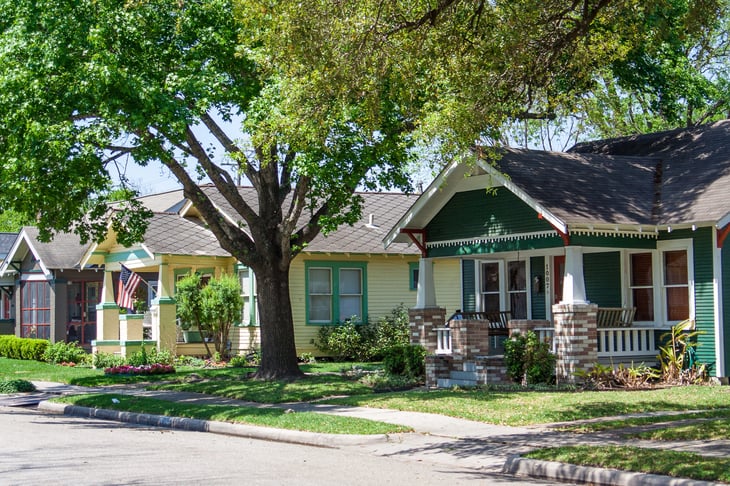
Comparing the sales prices of, say, homes with older kitchens to homes with kitchens that have been updated is also a good idea. If you see about a $50,000 difference, a $25,000 remodel is likely a smart investment.
If homes with original kitchens are fetching close to the same price as those with renovated ones, save your money, since sometimes “it also depends on how hot the market is,” Christian says.
You should also spend time scoping out the competition by viewing listings and photos of similar homes for sale and attending open houses in your neighborhood.
Put your home’s best foot forward

Once prospective buyers are inside your home, you want to make sure the entire house puts its best foot forward. That starts with cleaning and decluttering, two improvements that cost little money and provide a big return.
Next, focus on low-cost “transformative improvements,” Biberich says. “The No. 1 thing you can do is paint.” She advises using neutral tones, but that doesn’t have to mean just white and beige, as brown and cream are also safe choices.
Since every dollar counts, hold off on pet projects and only devote your time and money to renovations that’ll bring you a return. “If you’re looking to sell, do not do the improvements that you’ve always wanted to do,” Christian says.
1. Improve your landscape

Put down fresh sod, replace tired bushes with new ones and add some color, either with flower beds or potted flowers. “Even just a little bit goes a long way,” Biberich says.
2. Spruce up your entryway
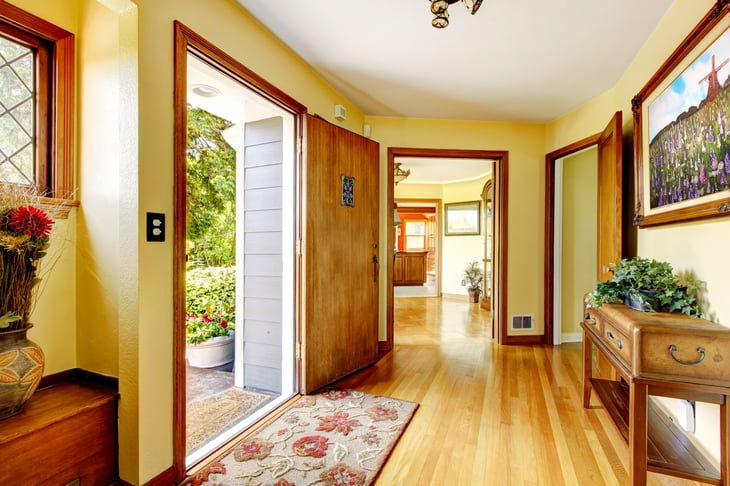
Buy a new front door or paint the old one. If your house number and mailbox look tired, buy and install new ones.
3. Change out light fixtures and plumbing fixtures

Gold light fixtures are long outdated, and brass is less popular now than brushed nickel.
Replacing outdated ceiling fixtures and bathroom faucets can give your home a modern touch for a minimal investment.
4. Clarify any spaces that might confuse buyers

If you have an odd alcove, add a desk or a dresser — something that will suggest how the space is best used. “Most homes have some funky or dysfunctional things that can be corrected,” Biberich says.
Don’t keep would-be buyers guessing.
5. Do partial renovations
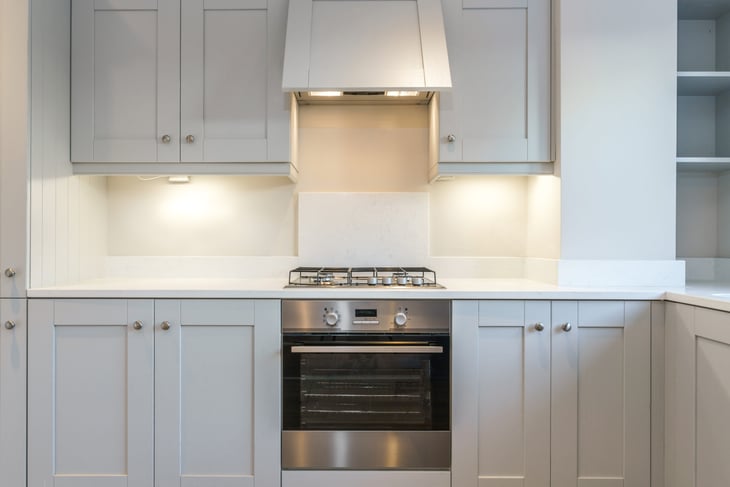
Rather than gutting an old bathroom, for example, consider getting a new vanity and refacing the existing tub. In the kitchen, keep the old cabinets but replace the countertops and the hardware.
6. Consider removing popcorn ceilings
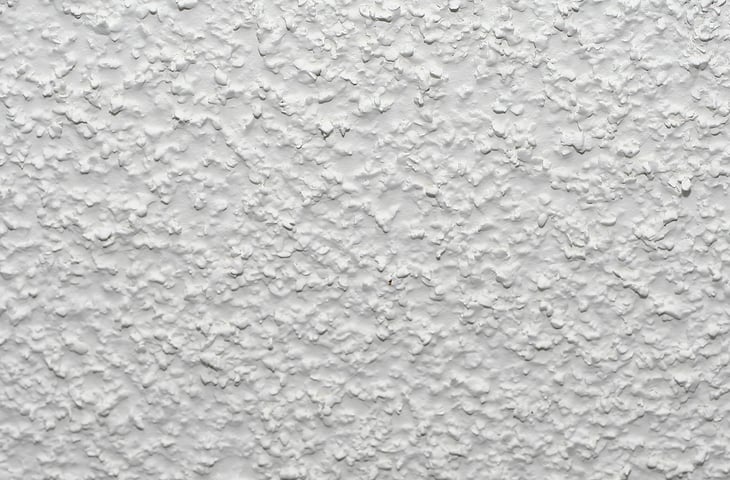
“Half the folks are going to walk out the front door” as soon as they see those, Christian says. But you need to be careful because the popcorn ceilings of pre-1979 homes are likely to contain asbestos, he says.
That means this is far from a do-it-yourself project, and you need someone licensed to remove it. Newer ceilings, on the other hand, can be wet and scraped. Or, if it’s feasible and the ceilings are high enough, just drywall over and create new ceilings.
7. Remove window treatments, unless they are current and high-end
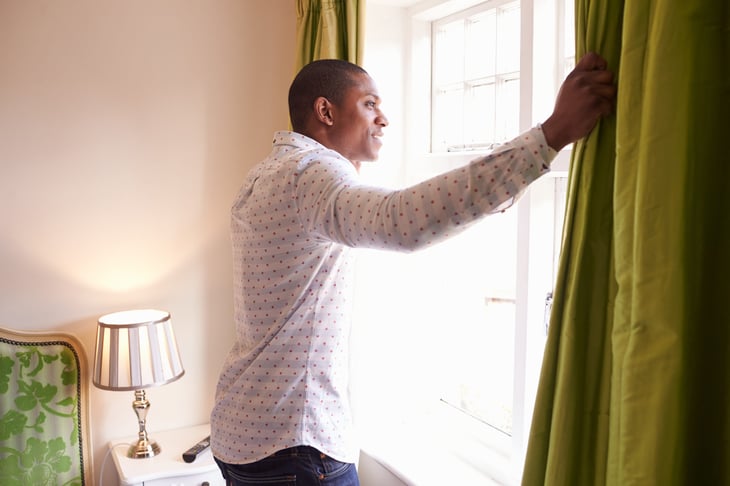
That cuts the risk of turning off would-be buyers who don’t share your taste. Uncovered windows also let more light into the rooms. “You can never out-guess buyers on window coverings,” Christian says. Once you’ve got a contract, you can always offer buyers the ones you took down.
8. Return rooms to their original uses

If you’re using your dining room as an office, turn it back into a dining room. If your third bedroom is an office, turn it back into a bedroom. You can, however, display a photo of the room’s other potential use.
9. Replace dirty or worn carpet
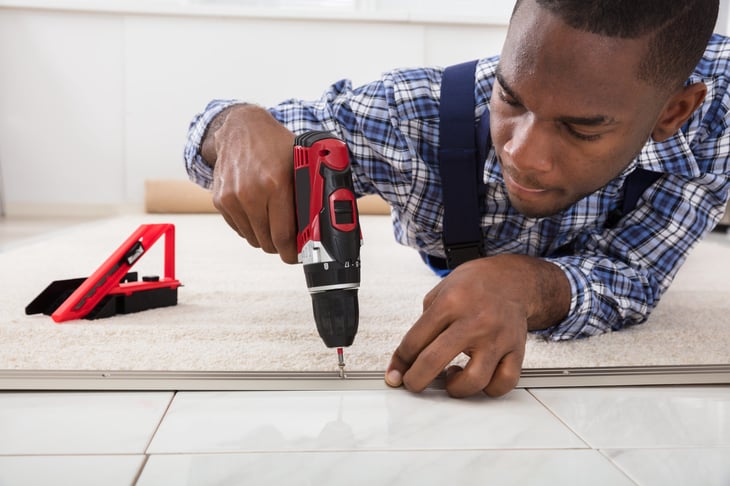
You might try cleaning it first, but a dirty carpet is always a turnoff for buyers. In some markets, you’re better off removing the carpet if there are hardwood floors underneath.
10. Depersonalize
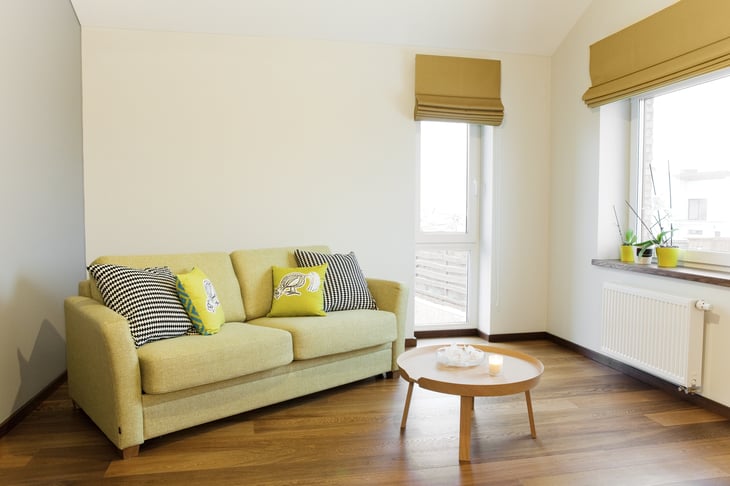
That means packing away family photos and taking the children’s drawings (and everything else) off the refrigerator. You want a new family to envision themselves living in the home.
11. Clean thoroughly

Do a deep cleaning before you put your home on the market so everything shines. Be sure to wash the windows.
12. Paint

Your daughter may love her purple room, but a prospective buyer probably won’t. Repaint all rooms in neutral colors. A fresh coat of paint also makes the house look newer and more modern.
